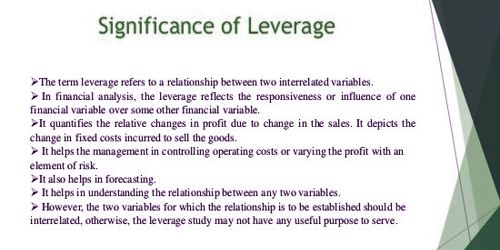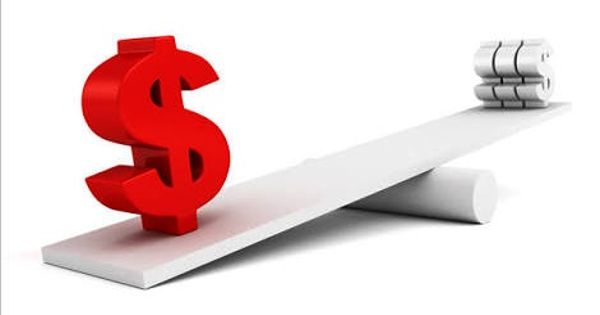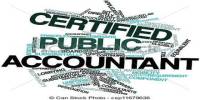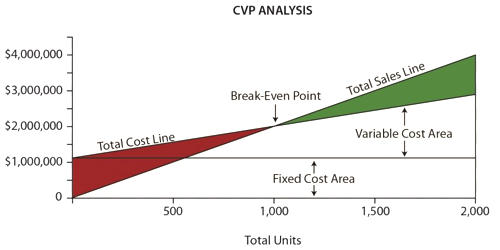The term leverage refers to an increased means of accomplishing some purpose. It refers to the use of fixed costs in an attempt to increase profitability. It is an essential tool a company’s management can use to make the best financing and investment decisions. It is positive when earnings are greater than debt costs. However, it is negative if the company’s earnings are lower than the cost of securing the funds.
Leverage affects the level and variability of the firm’s after-tax earnings and hence, the firm’s overall risk and return. It provides a variety of financing sources by which the firm can achieve its target earnings.
Significance of Leverage
The study of leverage is significant due to the following reasons.

- Measurement of Operating Risk
Operating risk refers to the risk of the firm not being able to cover its fixed operating costs. It gives an idea about the impact of changes in sales on the operating income of the firm. Since operating leverage depends on fixed operating costs, larger fixed operating costs indicate a higher degree of operating leverage and thus, higher operating risk of the firm. High operating leverage is good when sales are rising but badly when they are falling.
- Measurement of Financial Risk
Financial risk refers to the risk of the firm not being able to cover its fixed financial costs. A high degree of operating leverage magnifies the effect on EBIT for a small change in the sales volume. Since financial leverage depends on fixed financial costs, high fixed financial costs indicate a higher degree of operating leverage and thus, high financial risk. High financial leverage is good when operating profit is rising and bad when it is falling.
- Managing Risk
The relationship between operating leverage and financial leverage is multiplicative rather than additive. High operating leverage results from the existence of a higher amount of fixed costs in the total cost structure of a firm which makes the margin of safety low. Operating leverage and financial leverage can be combined in a number of different ways to obtain a desirable degree of total leverage and level of total firm risk.
- Designing Appropriate Capital Structure Mix
To design an appropriate capital structure mix or financial plan, the amount of EBIT under various financial plans should be related to earning per share. High operating leverage indicates a higher amount of sales required to reach the break-even point. One widely used means of examining the effect of leverage to analyze the relationship between EBIT and earning per share.
- Increase Profitability
Leverage is an effort or attempt by which a firm tries to show the high result or more benefits by using fixed costs assets and fixed return sources of capital. Higher fixed operating cost in the total cost structure of a firm promotes higher operating leverage and its operating risk. It ensures maximum utilization of capital and fixed assets in order to increase the profitability of a firm, It helps to know the reasons not having more profit by a company.
Leverage is also an important technique in investing as it helps companies set a threshold for the expansion of business operations. For example, it can be used to recommend restrictions on business expansion once the projected return on additional investment is lower than the cost of debt.
Information Source:
















